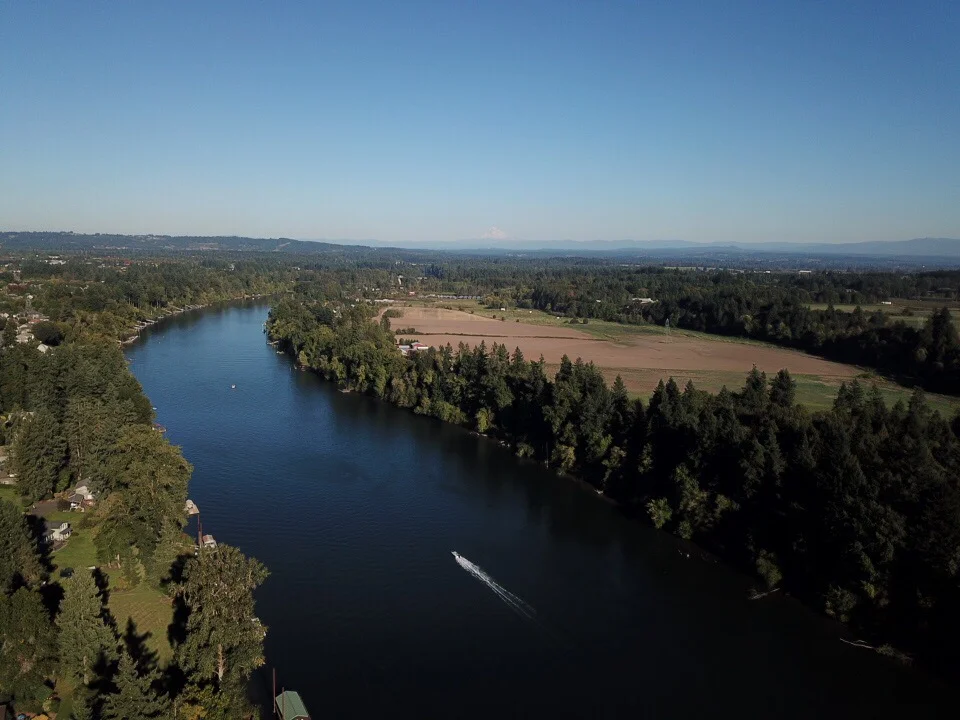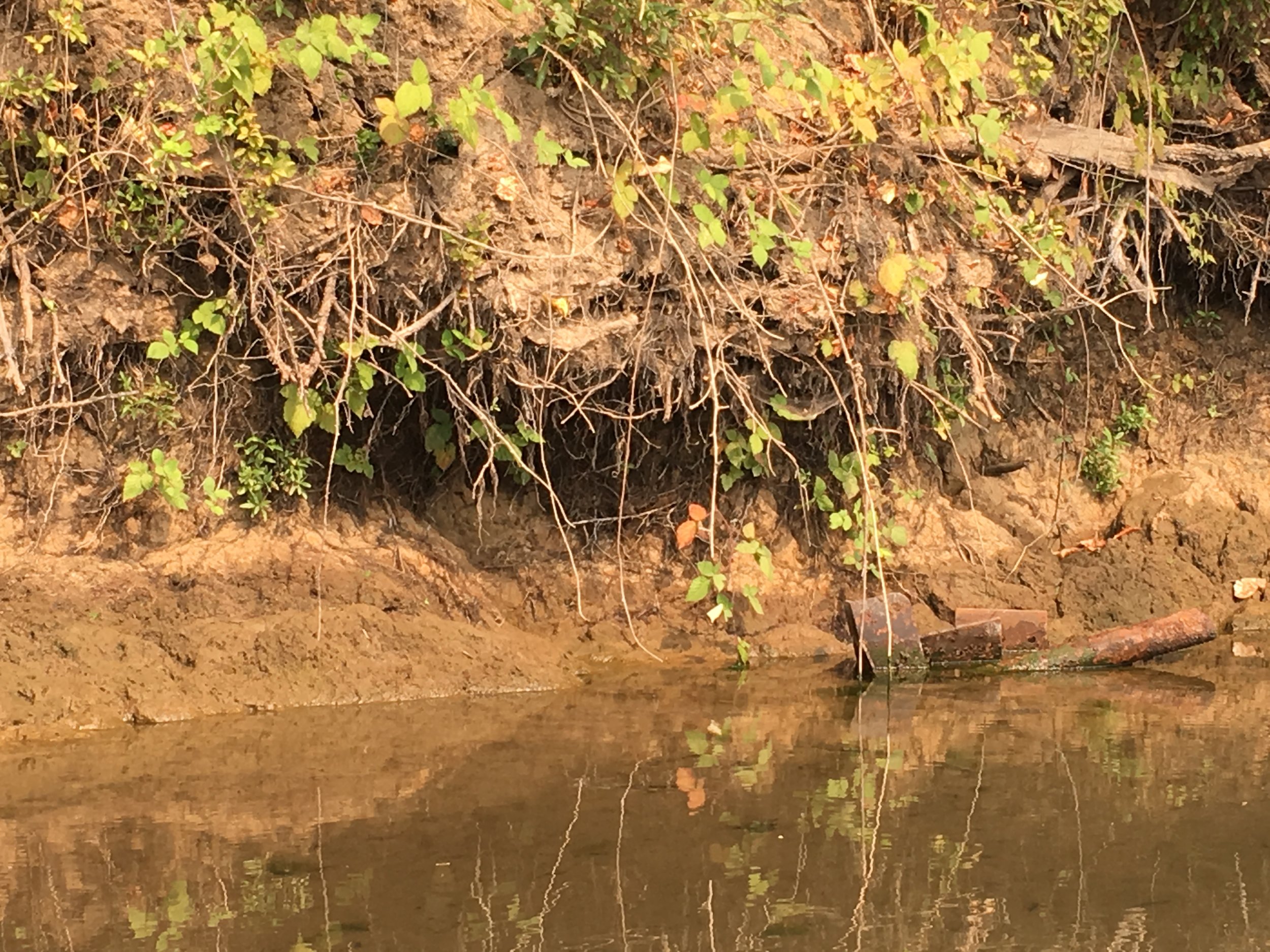Protecting the Willamette Ecosystem
A balanced approach between recreational users and environmental needs on the Willamette River is necessary to protect the river’s ecosystem so everyone can continue to enjoy their sport of choice on the river.
Heavier boats and those outfitted with wake enhancing devices are affecting sensitive fish and wildlife habitats by churning up water and sediment. These wakes are also under cutting and eroding public and private riverbanks resulting in increased bank erosion and damage along the riverbank, including falling trees and slides. This erosion not only threatens nesting birds and other wildlife, but also the broader environmental viability of one of the most beautiful and historic river ways in Oregon.
More needs to be done to protect the Willamette ecosystem and the wildlife that depend on it to survive.
OSMB's Experience Oregon Boating brochure states:
"Hydrologists estimate that a wake 5 inches high produces limited damage to the shoreline, but a 10-inch wake is 5 times more destructive, a 25-inch wake is 30 times more destructive, and so on. When a runabout or larger fishing boat is ‘on plane,’ they may create a 10-inch wake, while cruisers or wakeboard boats can create wakes of 20 inches or more."
Risks Associated with Wakes:
- Danger to swimmers and small boats;
- Sediment from shoreline erosion clouds water, making it uninviting for swimming or fishing;
- May damage docks by thrusting them against their moorings;
- Property owners may lose shoreline due to erosion;
- Sediment from shoreline erosion can silt in fish spawning habitat and smother aquatic vegetation;
- Large wakes may disturb nesting birds.


